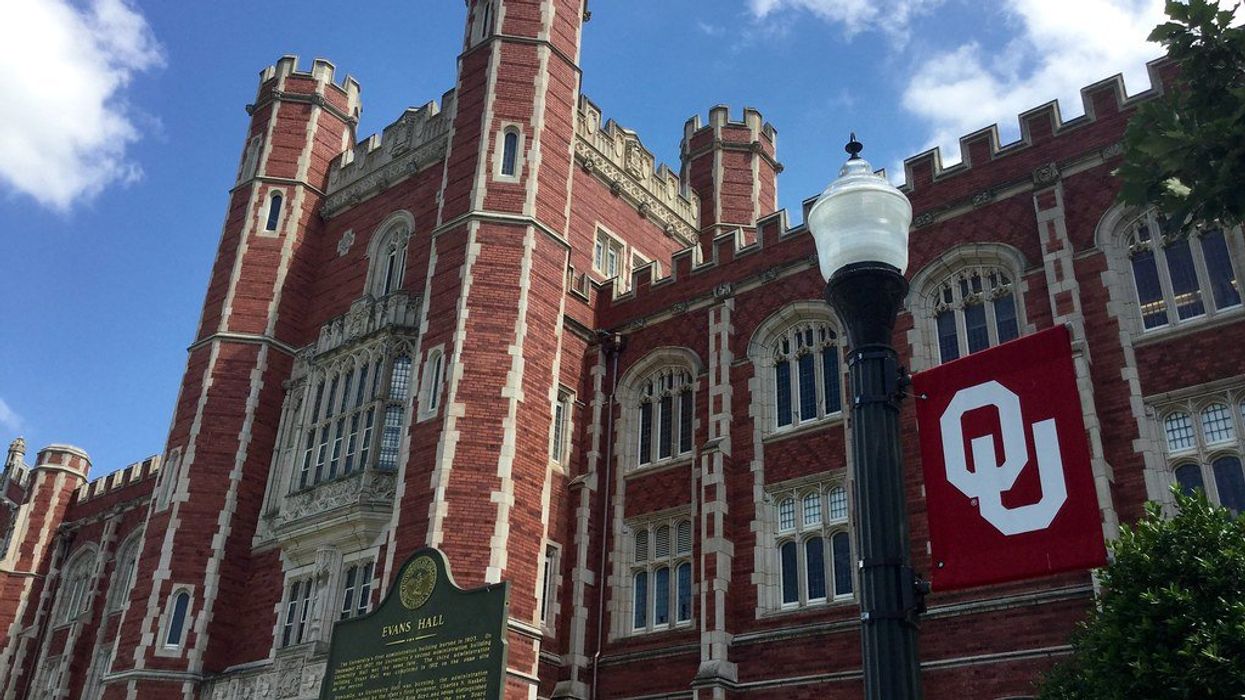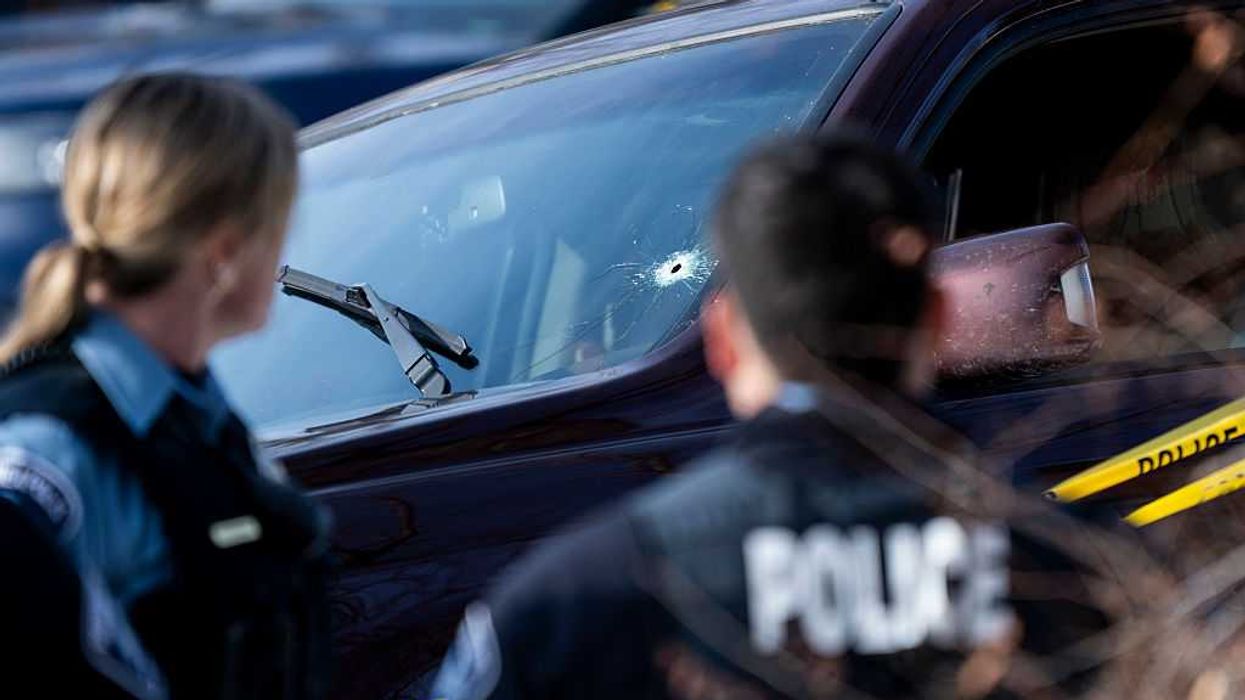Stacey is a political science professor and program coordinator for political science at Rose State College. Stacey is a member of Scholars Strategy Network.
The University of Oklahoma’s recent decision to shutter a longstanding program intended to encourage, empower and educate female Oklahoma college students to pursue civic and political service careers has deeply unsettled me.
I am upset by the abrupt end to this invaluable program, both as a 2007 alumna of the National Education for Women’s Leadership program and a political science professor who has written recommendation letters and successfully sent at least two students to the program in my last decade of teaching.
The Carl Albert Congressional Research and Studies Center has coordinated and hosted the NEW Leadership program since its inception in 2002, making me one of the elder graduates of a program that is critical to fostering Oklahoma’s future female political leaders.
The program was, unfortunately, collateral damage of Republican Gov. Kevin Stitt’s executive order banning diversity, equity and inclusion programs.
One of my most outstanding students has been accepted into the program, and it pains me to know that this stellar young woman may be the last I encourage to pursue the opportunity.
I, along with a bipartisan chorus of politically minded women in the state, am angered and disappointed by NEW Leadership’s shuttering. From conservative firebrand Leslie Osborn to fellow alumna and House Minority Leader Cyndi Munson (D), many women have expressed their dismay and frustration at this significant loss.
My initial concern is that there were very few people outside of higher education who were privy to the NEW Leadership program and the two decades of good that it has done for Oklahoma’s women.
The program I attended was in its infancy, yet it still provided young women from across the state a unique opportunity to interact with their civically minded peers.
More importantly, it made our female government officials accessible to us. I met both Gov. Mary Fallin (R) and Lt. Gov. Jari Askins (D) within the program’s one-week span. The program emphasized planning for the future and brought in a host of speakers who engaged us in topics ranging from choosing the right graduate or law school for our career paths to how to get involved in political campaigns and electoral politics.
Because the program accepted students statewide, it was a critical resource for female students at Oklahoma’s rural colleges and universities. With the NEW program’s discontinuation, young women may not get the same opportunities to interface with elected officials, experience the state Capitol, or receive the quality advice that the University of Oklahoma brought to its campus.
The program was intended to develop the confidence and empowerment of women, a traditionally marginalized sector within American political governance, to encourage more female representation in politics and civic life, and to simply be leaders amongst their peers.
This concern is the most pressing one to me with regards to state politics. Over the past five years, we have seen a decrease in the number of women elected to serve at the state Capitol.
According to the Center for American Women and Politics, while this decrease has not been significant, the drop from 32 female legislators in 2019 to 29 in 2024 is problematic in terms of female issues and voices being represented — or not — in Oklahoma.
Our state ranks 45th in terms of female state legislators, a trend I would hope our elected officials and citizenry alike would want to improve.
Female representation in federal and statewide offices is not much better, with women holding just one of Oklahoma’s seven congressional seats (that would be Republican Rep. Stephanie Bice) and only three elected executive offices in the state (Labor Commissioner Leslie Osborn, State Auditor and Inspector Cindy Byrd and Corporation Commissioner Kim David).
Education empowers all students to reach their full potential and to achieve goals that those students did not believe possible. NEW Leadership is a crucial educational program for female students in Oklahoma.
It makes them aware of the multitude of possibilities that accompany an education and a life of civic and political service to the state and its people. It allows them to understand that they have a role and a place in their democracy.
The NEW Leadership program was a moment of clarity for me as a young woman.
It afforded me the opportunity to understand how women across the political spectrum experienced politics in Oklahoma.
I do hope that there is a clarification issued to the executive order that allows the University of Oklahoma to continue NEW Leadership well into the future. I would like my own daughter, as well as everyone’s daughters statewide, to have the same life-changing opportunity to participate that so greatly shaped the trajectory of my life and career.
This writing was first published May 14 in the Oklahoma Voice.




















